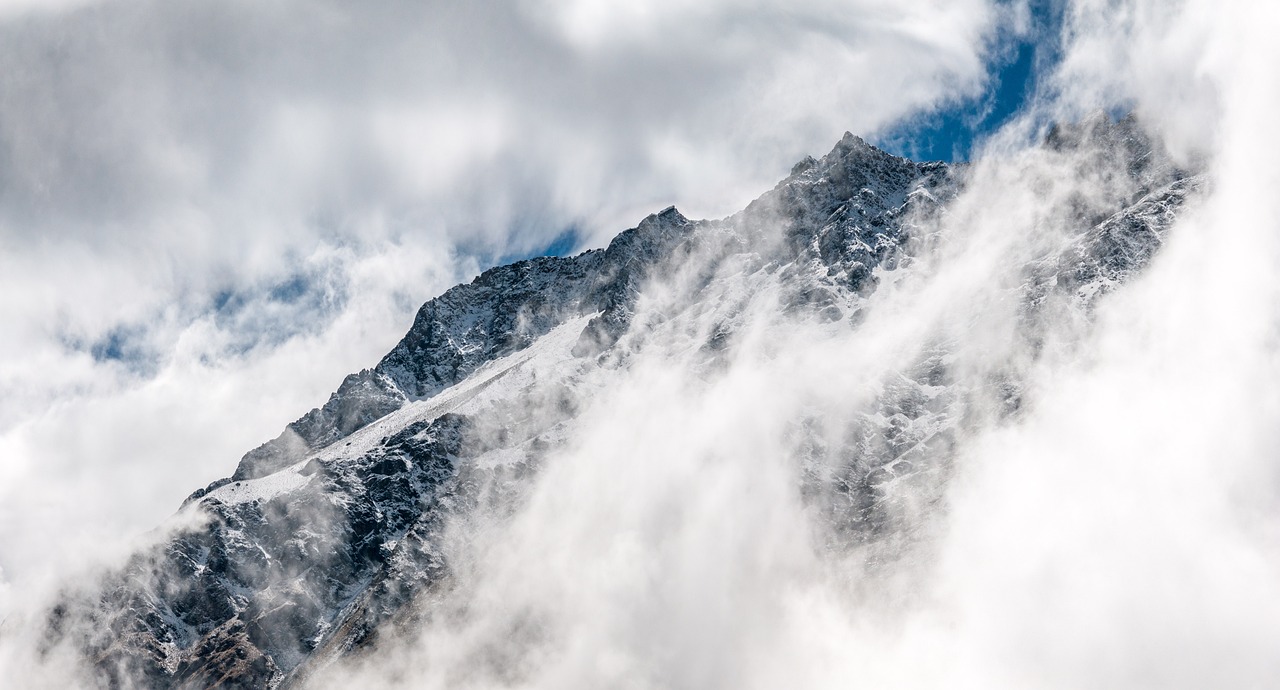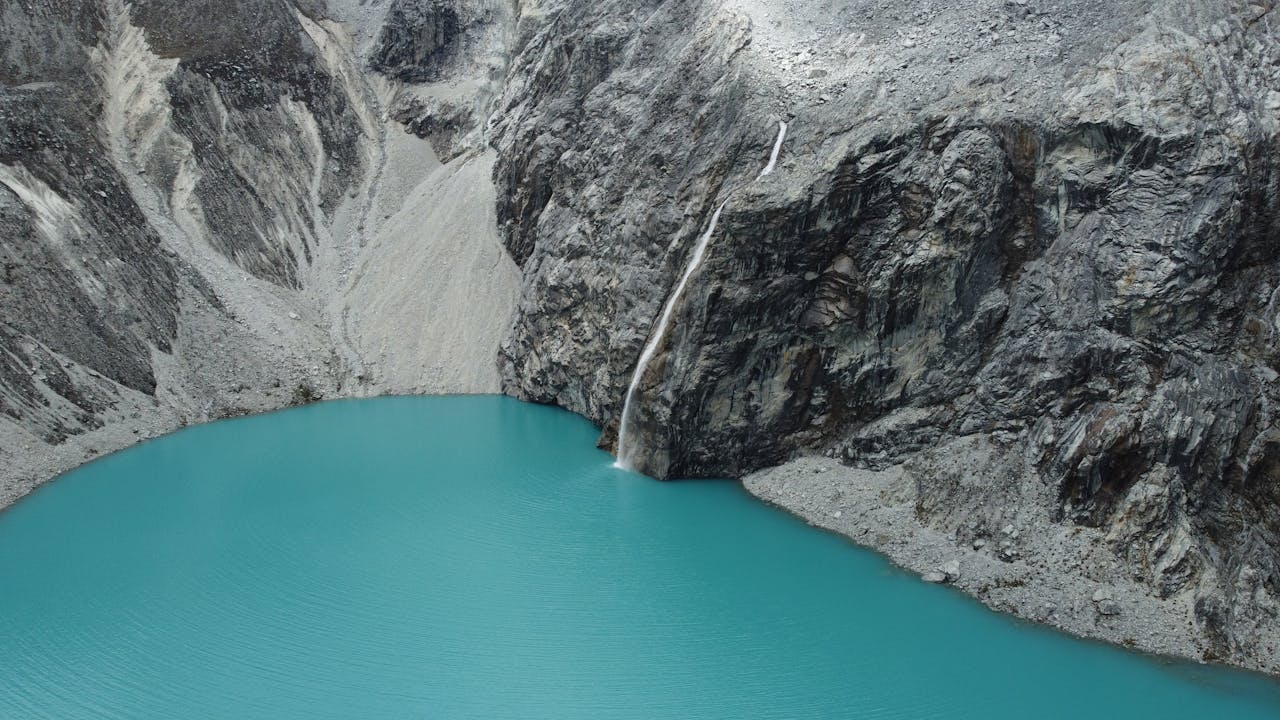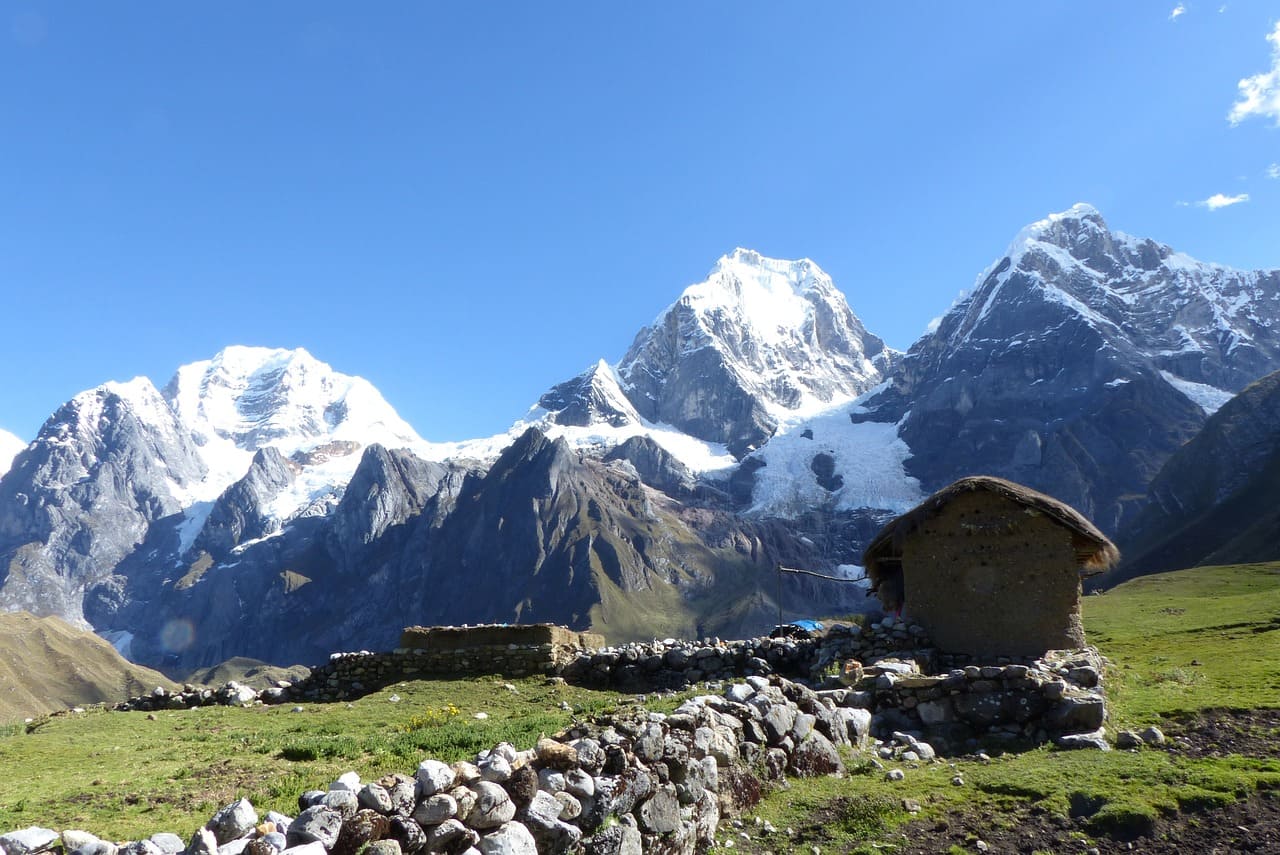Guide to Huascarán, Peru: History, Trekking, Information, Maps, and More
Welcome to the center of the Peruvian Andes, where the towering Huascarán stands as a symbol of both the majesty of nature and the tenacity of the human spirit. Huascarán, at 6,768 meters (22,205 feet), is the highest peak in the Tropics and proudly bears the title of highest peak in Peru. It enthralls everyone who sees it with its majestic presence, covered in a layer of never-ending snow.
Huascarán is more than just a geographical landmark; it represents Peru's rich cultural heritage, dramatic natural beauty, and long history. Named after the Inca warrior Huáscar, the mountain's rough slopes have seen the rise and fall of several ancient civilizations, including the Chavín and the Inca Empire. Adventurers, scientists, and nature lovers all still find Huascarán's pristine glaciers and varied ecosystems to be breathtaking.
Come along with us as we travel to discover Huascarán and the surrounding areas. Every step reveals a tapestry of life, shaped by millennia of geological forces and human resilience, from the rugged peaks above to the lush valleys below. Explore the legends carved into the rock, the customs interwoven into the life of the surrounding towns, and the breathtaking views that never end.

Huascaran History
Beyond its remarkable height, Huascarán, Peru's highest peak, is deeply significant both historically and culturally. The mountain, which bears the name Huáscar after an Inca king who lived in the fifteenth century, is buried in mythology. Local legend states that Huáscar was struck by lightning at the top of the mountain, which many saw as a divine retribution for his leadership rivalry with his brother Atahualpa. This legendary incident emphasizes Huascarán's significance to Peruvian culture not only as a natural landmark but also as a historical and spiritual figure.
The Legend of Huascarán and Huandoy
The history of Huascarán is filled with fascinating legends. The legend of Huascarán and Huandoy is one of the most captivating stories. Local legend tells of Huandoy, a beautiful princess and daughter of the supreme god Inti, who fell in love with a brave and modest commoner named Huascarán. The two lovers married in spite of Inti's disapproval, but as a punishment, they were changed into mountains and left permanently separated by wide valleys and covered in snow. The chill felt around these peaks is thought to be caused by their tears, which turn into ice and are a testament to their unwavering love.
Natural Disaster: The 1970 Earthquake and Avalanche
Huascarán serves as a powerful reminder of the untainted power of nature. Over 70,000 people were killed when an avalanche buried the town of Yungay in 1970 as a result of a devastating earthquake. This tragic incident is ingrained in Peruvian history, highlighting the Andes' amazing and occasionally terrifying power.
Huascarán National Park: A Biodiverse Paradise
The focal point of Huascarán National Park, which is recognized as a UNESCO World Heritage Site for its amazing scenery and abundant wildlife, is Mount Huascarán. Offering a window into Peru's past civilizations, the park is home to 33 archaeological sites, ranging from pre-Inca tombs to ancient irrigation canals.

Flora and Fauna:A Harmony of Life
A variety of ecosystems, ranging from dense queñua forests to high Andean grasslands, are supported by the park's distinct microclimates. This pristine environment is home to over 120 species of birds, including the majestic Andean condor, and 10 species of mammals, including the Andean cat and the taruca. With its enormous flower spike, the Puya Raimondii is a botanical wonder that draws tourists from all over the world.
Flora:
- Puya Raimondii: The most notable plant in the park is this enormous bromeliad. It has a maximum height of 12 meters and a lifespan of more than 100 years.
- Queñua Forests: The park's distinctive ecosystems are shaped by these hardy, high-altitude trees.
- High Andean Grasslands: A range of cold-weather-adapted grasses and flowering plants can be found here.
Fauna:
- Spectacled Bear (Tremarctos ornatus): The only bear species native to South America.
- Andean Condor (Vultur gryphus): One of the largest flying birds in the world.
- Taruca: An Andean deer species (Hippocamelus antisensis).
- Andean Cat (Leopardus jacobita): One of the most endangered feline species in the world.
- Vizcacha (Lagidium peruanum): A rodent related to chinchillas, commonly found in rocky areas.

Hiking and Trekking in Huascarán: An Adventure Awaits
Some of the world's most thrilling trekking and climbing experiences can be found in Huascarán. To accommodate adventurers of all skill levels, the park offers over 100 climbing routes and 25 trekking circuits. Huascarán promises an amazing experience, whether you're hiking the difficult Alpamayo peaks or traversing the tranquil Llanganuco Lakes.
Important Trails to Explore for Hiking
- Llanganuco Lakes: Hikers' haven, these turquoise glacial lakes are tucked away between Huascarán and Huandoy. Enjoy a leisurely stroll through queñua forests and glistening streams on the María Josefa trail, which is ideal for birdwatching and nature photography.
- Pastoruri Glacier: While taking in breathtaking views of the surrounding peaks, this accessible glacier hike enables visitors to see the effects of climate change up close.
- Santa Cruz Trek: Trekking through the heart of the Cordillera Blanca, one of the most well-liked trekking routes, offers breathtaking views of snow-capped peaks, verdant valleys, and vivid wildflowers.
Useful Information: Arranging Your Travel
Getting There
The adventure capital of Peru, Huaraz, is usually the starting point of the journey to Huascarán. You can travel to Huaraz by scenic bus or a quick flight from Lima. From there, you can reach the park's various entrance points via local transit options like buses and private tours.
You can take a look at our Huaraz tours here.
When to Visit
The best time to visit Huascarán is during the dry season, from May to September, when the weather is stable and the skies are clear, providing optimal conditions for trekking and climbing.
Maps and Resources

Huascarán is a journey into the core of Peru's natural beauty and cultural legacy, not just a mountain. Adventurers and dreamers alike are invited to discover its many wonders by its majestic peaks, abundant biodiversity, and enthralling legends.
Are you prepared to set out on a remarkable journey? Allow Peruvian Sunrise to lead you through Huascarán's breathtaking scenery. Our knowledgeable guides provide a smooth fusion of comfort, culture, and adventure to make sure you see the best of Peru. Make your tour reservation right now to explore Huascarán's magic with us!
Consult our expert advisors today to start your adventure with Peruvian Sunrise. Book your trip now and start the adventure of a lifetime.
Thank you for reading!
Please, follow us on Facebook and Instagram, click on the following icons: ![]()
![]()
![]()
And If you liked the article, you are very welcome to share it on your social media.
